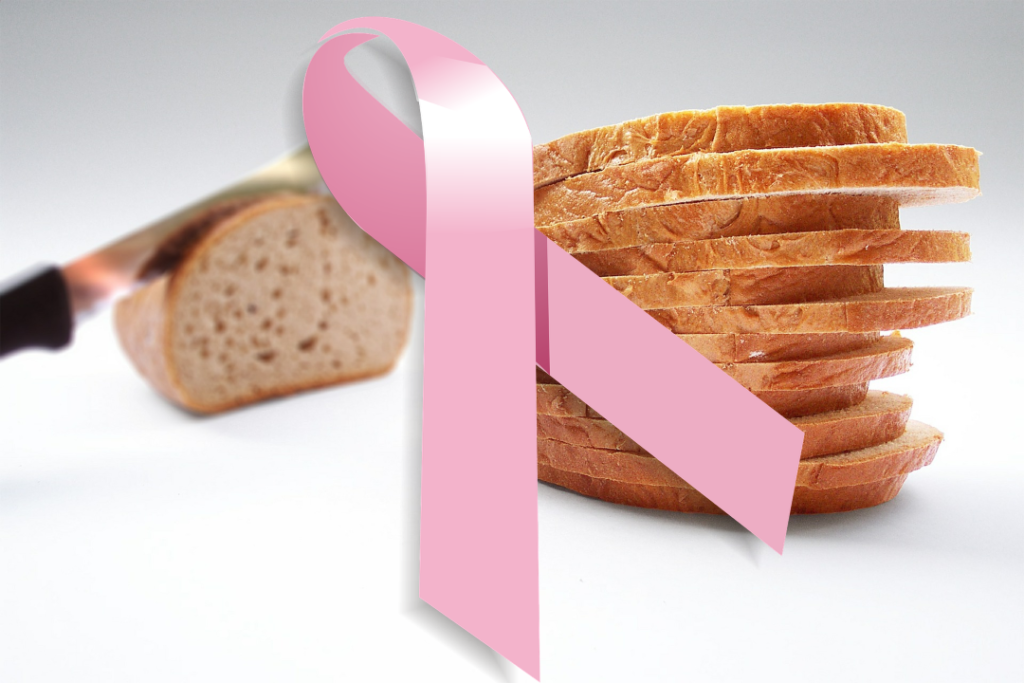 Breads are a common part of our meals. From sandwiches to street food, brown bread to multi-grain bread, Indians are increasingly opting for bread as a part of their meals.
A report by NGO Center for Science and Environment (CSE) said that nearly 84 per cent of 38 commonly available brands of pre-packaged breads, including pav and buns, tested positive for potassium bromate and potassium iodate, banned in many countries as they are listed as “hazardous” for public health. To find out if potassium bromate and potassium iodate are present in different types of breads, the Pollution Monitoring Laboratory (PML) at CSE collected 38 bread and bakery samples from retail shops, bakeries and fast food outlets in Delhi during May-June 2015.
After a CSE study claimed that bread contains cancer-causing chemicals, Food regulator FSSAI today said it has decided to remove potassium bromate from the list of permitted additives while it is examining evidence against potassium iodate before restricting its use.
According to CSE, potassium bromate typically increases dough strength, leads to higher rising and uniform finish to baked products, while potassium iodate is a flour treatment agent. Potassium bromate is classified as a category 2B carcinogen (possibly carcinogenic to humans), and potassium iodate lead to thyroid disorders.
But the Food Safety and Standards Authority of India (FSSAI) permits use of potassium bromate and/or potassium iodate in bread and bakery products. As per Standards, the limit for maximum level of use of potassium bromate and/or potassium iodate is set at 50 mg/Kg in bread. In flour for bakery potassium bromate is permitted with the maximum level of use at 20 mg/Kg.
Reacting to the CSE report, Health Minister JP Nadda said, “We are seized of the matter. I have told my officials to report to me on an urgent basis. There is no need to panic. Very soon we will come out with the (probe) report.”
NCBI: Toxicity and carcinogenicity of potassium bromate–a new renal carcinogen
Indian Express: Breads contain cancer-causing chemicals
Breads are a common part of our meals. From sandwiches to street food, brown bread to multi-grain bread, Indians are increasingly opting for bread as a part of their meals.
A report by NGO Center for Science and Environment (CSE) said that nearly 84 per cent of 38 commonly available brands of pre-packaged breads, including pav and buns, tested positive for potassium bromate and potassium iodate, banned in many countries as they are listed as “hazardous” for public health. To find out if potassium bromate and potassium iodate are present in different types of breads, the Pollution Monitoring Laboratory (PML) at CSE collected 38 bread and bakery samples from retail shops, bakeries and fast food outlets in Delhi during May-June 2015.
After a CSE study claimed that bread contains cancer-causing chemicals, Food regulator FSSAI today said it has decided to remove potassium bromate from the list of permitted additives while it is examining evidence against potassium iodate before restricting its use.
According to CSE, potassium bromate typically increases dough strength, leads to higher rising and uniform finish to baked products, while potassium iodate is a flour treatment agent. Potassium bromate is classified as a category 2B carcinogen (possibly carcinogenic to humans), and potassium iodate lead to thyroid disorders.
But the Food Safety and Standards Authority of India (FSSAI) permits use of potassium bromate and/or potassium iodate in bread and bakery products. As per Standards, the limit for maximum level of use of potassium bromate and/or potassium iodate is set at 50 mg/Kg in bread. In flour for bakery potassium bromate is permitted with the maximum level of use at 20 mg/Kg.
Reacting to the CSE report, Health Minister JP Nadda said, “We are seized of the matter. I have told my officials to report to me on an urgent basis. There is no need to panic. Very soon we will come out with the (probe) report.”
NCBI: Toxicity and carcinogenicity of potassium bromate–a new renal carcinogen
Indian Express: Breads contain cancer-causing chemicalsCSE study results and recommendations